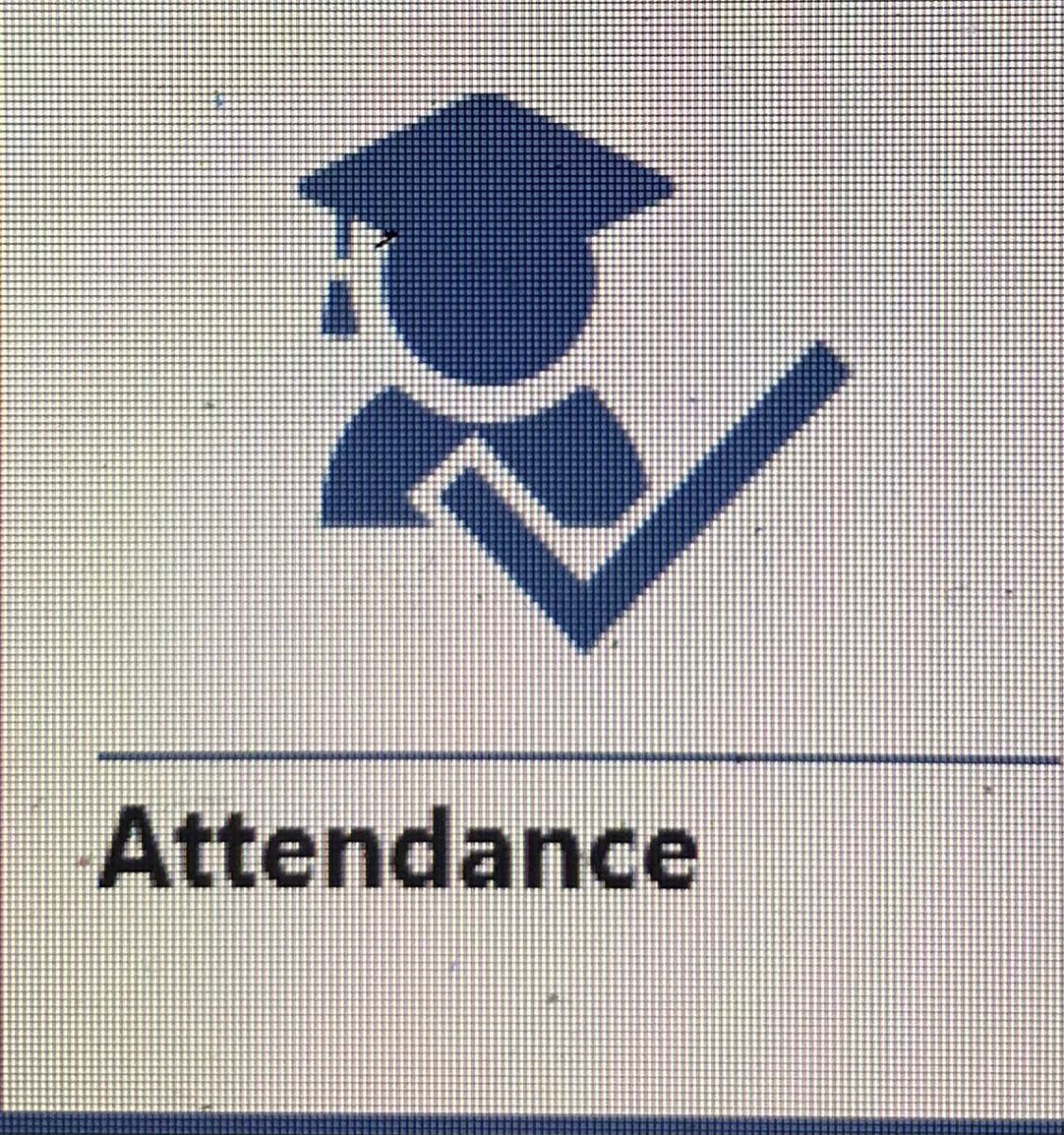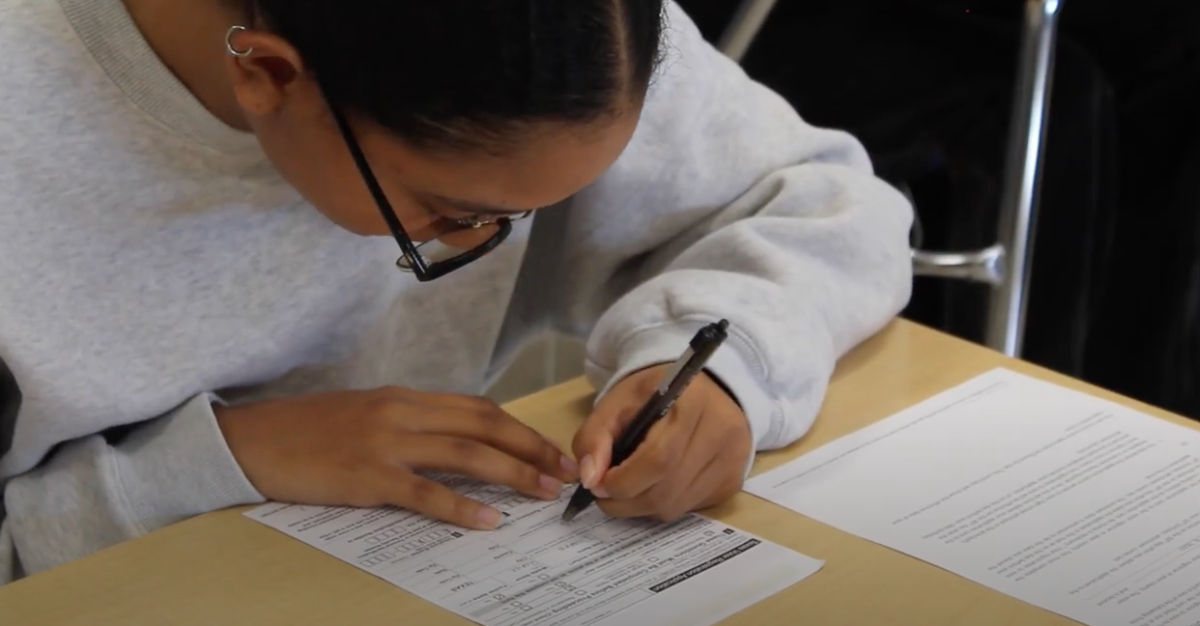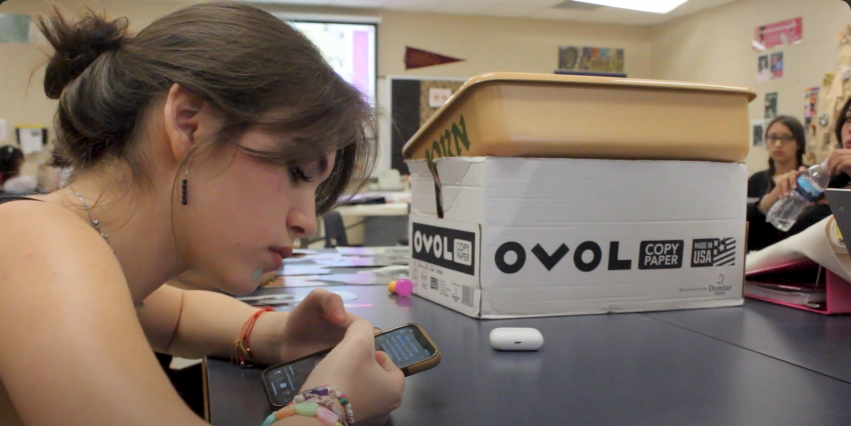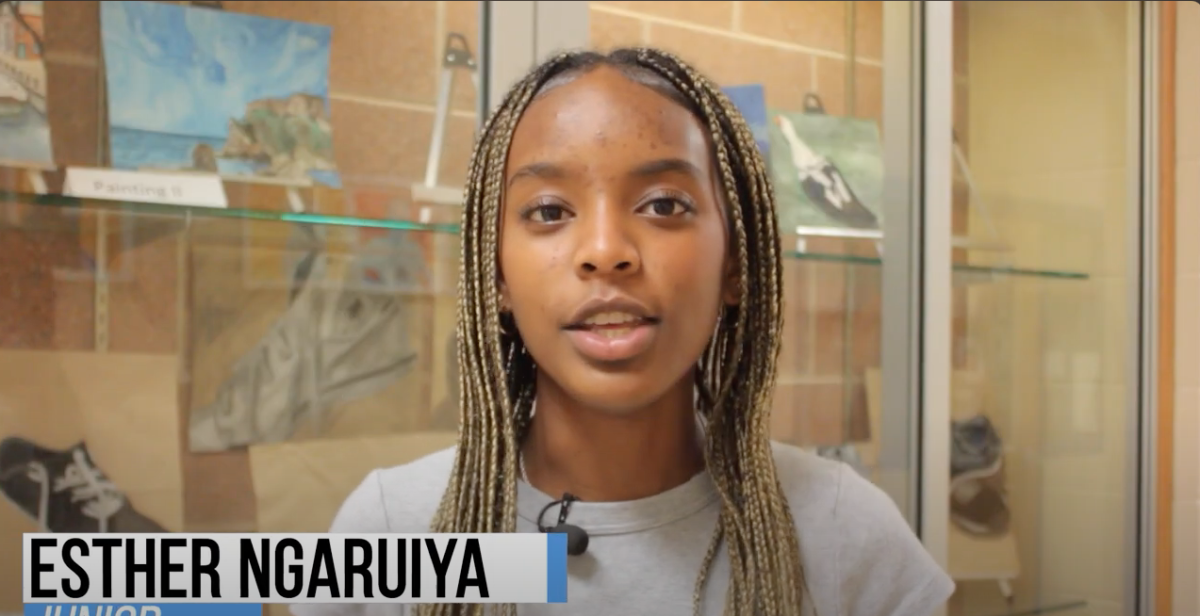by Courtney Smith | editor-in-chief
Instagram made its launch in 2010, when the current class of 2018 was only in fifth grade. It seemed as though every smartphone was equipped with the photo sharing app, and the purpose seemed to turn from keeping up with friends to racking up followers and likes. Instagram itself has grown up alongside its young users. Recently, the social media app has taken on yet another purpose, a virtual diary, known as a “finsta” or a “spam” account.
“To someone that didn’t know, I would probably tell them that a spam account is just an account that people can post on that they just post anything and everything,” senior Victoria Boesen said.
Like the culture of Instagram, the purpose of a spam account is ever changing and varies from person to person.
“I think when finsta first started, it was more to post things that you couldn’t post on your regular Instagram. Not provocative things, but drinking. It shifted from having that pressure of posting partying stuff to posting your everyday feelings,” Johnson alum Paul Flores said.
Although not every spam account reveals illegal or dangerous behavior, the photos are almost always uncut and unedited, showing a less than picture perfect side to one’s everyday life and appearance.
“When you post stuff on finsta it is very impulsive, where if you post a regular Instagram picture you edit it and everything, but with finsta you kind of just post whatever. I think everyone who has a finsta, there’s been posts where you’re like ‘Why did I post that? That was stupid of me,’” Flores said.
According to Boesen, teens turning to social media to vent about the most intimate details of their life may be a result of a shortcoming in their communication skills.
“I think people are turning to social media because they, with all the new technology, I think they don’t know how to communicate with people in person,” Boesen said. “So, phone calls aren’t as popular because they would rather just send a text. I think social media is just that way of like ‘Oh I don’t have to talk to anybody but I’m still ‘talking’ to all these people.’”
Just like any form of communication, not everything that is shared remains private. Unlike talking in person, however, everything posted online is permanent and there for everyone to see.
“The reality is whatever you put on there goes to a server. It’s there. It may not be on your phone, but it’s there. It never, ever, ever goes away- and that’s what I don’t think people understand yet,” Principal John Mehlbrech said.
Although posts can quickly be deleted off of one’s page, it not only remains on the internet, but can be saved by others through a quick screenshot. So even if someone deletes a picture that could potentially get them or others in trouble, they could still be held accountable.
“Finsta things circulate really easily,” Flores said. “Honestly, from a high school perspective, it’s much riskier posting.”
When it comes to posts involving drug use, alcohol, or other illegal activity, the administration is forced to take action once it is brought to their attention. For those involved in athletics or fine arts, this could mean a number of consequences.
“Knowing that our athlete and our fine arts people represent Johnson differently, that they’re held to a higher standard, if they’re caught doing these kinds of things, it could result not only in administrative consequences, but the athletic or fine arts consequence as well,” Mehlbrech said. “For example, you could go to alternative school and be kicked out of the program because this is a separate entity to what we could do. A third thing would be SAPD. So in reality, depending on the severity of it, you could end up in three different alleys of no good.”
Spam accounts can be elusive since most of the time a student’s real name is not used in the account. As a result, delivering consequences can prove difficult.
“The issue with the spam [accounts] is you really don’t know who is sending what and so you can’t really identify exactly who sent that particular photo or message. Literally the kids are more creative in finding out who it is, by tracing it down, and then they usually tell us: this is who set this up that sent these messages. So, really, we have to rely a lot on you guys,” Mehlbrech said.
Besides posting about their own life, some spam account owners post negatively about their peers. With David’s Law coming into effect, bullying can get perpetrators misdemeanors, even if the harassment occurs outside of school.
“The other aspect of David’s Law is the term bully. The term ‘bully’ has become overused, and it’s hard to differentiate between inappropriate behavior and what a bully is. So we have to educate not only ourselves, but educate our community [on] what is bullying and what is inappropriate behavior because a name calling one time is not bullying, but when you throw the name out to us in an email or in a complaint through the North East site, we have to do a thorough investigation,” Mehlbrech said. “We have to actually go into mainframe and identify who the victim is and who the alleged bully is, so it’s documented. It could be as innocent as somebody going by and saying ‘You look bad today,’ but they’re going to be in the system as a bully because the other side was going ‘I was bullied.’”
With many teens posting suggestive and illicit content, the overall nature of spam accounts could possibly result in a message that the more adult behavior is acceptable and expected.
“The whole drug culture, I think these spam accounts are making it so a teen sees that somebody in her class posted it and is like ‘Oh if so and so does it and they make really good grades, then why can’t I do it and do the same thing?’ So I think it is causing it to be normal in a high school,” Boesen said. “If you’re not posting those things then people may not want to follow you and everything and although it isn’t your main account, followers still kind of matter, so I think there is pressure to post some illegal things.”
Despite the risks of the accounts, they don’t seem to be diminishing in popularity.
“I’ve had it for over a year. I started it because I felt like it was a way to post whatever you wanted without restrictions I guess. With twitter and Instagram and stuff I feel like expressing your feelings fully there’s a stigma against it I guess. A stigma against letting everything out on your major public platforms,” Flores said.
Contrary to what one may think, a deleted spam account may not always be the result of a consequence or drama between students.
“I deleted it mainly because I was just tired of keeping up with it. I felt like it was an obligation to post on there all the time and so I felt like maybe i was too focused on ‘Oh are people like gonna think I’m weird if I post this or are people gonna be annoyed if I post this?,’” Boesen said.
While spam accounts often involve students opening up, their peers are able to know and interpret more about their life. With this knowledge can also come judgement.
“I think sometimes it [posting] can be a therapeutic thing and sometimes it can be detrimental because you are getting reaffirmed in whatever you’re posting,” Flores said. “Sometimes if you post something deep people will comment in support, so I think in a way it’s reaffirming, but in a way it also is like…it kind of broadcasts your issues in a way that can be negatively connotated.”
Even with the risks, the draw of spam accounts lies within self expression and comradery. Neither Boesen nor Flores are against the accounts, but rather encourage caution, as with any other form of social media.
“I would say be careful what you post because you would be surprised how many eyes and ears there are everywhere, even in your private life,” Flores said. “If one thing spreads to one person it spreads to another person. So I think if you have good intentions of it, it’s a good idea, but just know that repercussions could come with it.”














